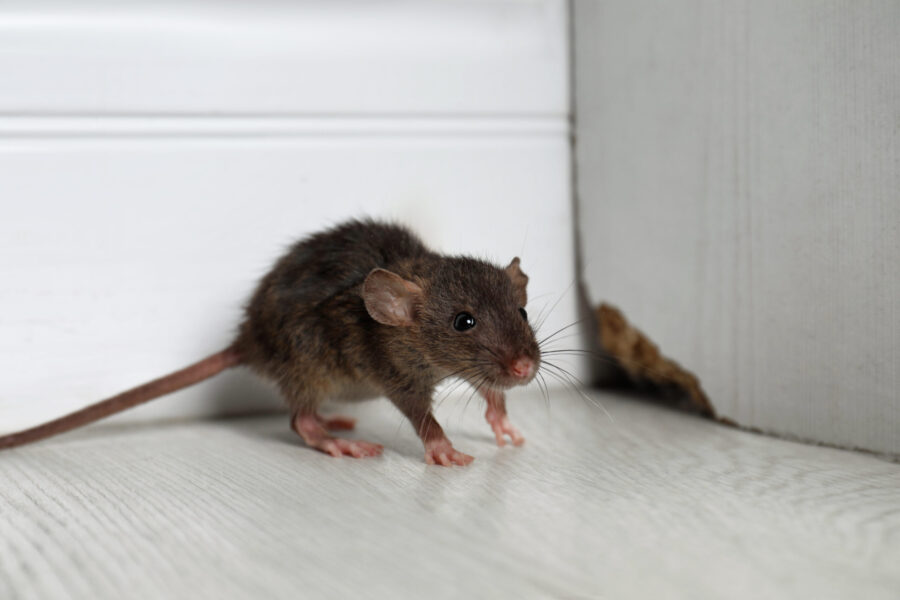Predictive Pest Alerts with Smart Traps: Revolutionizing Pest Control
Share
In the ever-evolving world of pest control, predictive pest alerts with smart traps are emerging as a game-changer. These innovative technologies are not only enhancing the efficiency of pest management but are also paving the way for a more sustainable and environmentally friendly approach. As we delve into the intricacies of these cutting-edge solutions, it's imperative to understand how they work and the immense benefits they offer.

The Evolution of Pest Control
Pest control has come a long way from the traditional methods of extermination. The integration of technology, particularly with the advent of smart traps, has transformed how we perceive and manage pests. These devices, equipped with sensors and connectivity features, allow for real-time monitoring and data collection. This data is then analyzed to provide predictive alerts, enabling proactive measures against potential infestations.
How Do Smart Traps Work?
Smart traps are designed to detect pest activity and provide real-time information. They use a combination of sensors, cameras, and connectivity options to monitor pest behavior and movement. When a pest is detected, the trap sends an alert to a centralized system, which can then predict potential infestations based on historical and real-time data. This allows pest control professionals to act swiftly, preventing the problem from escalating.
Benefits of Predictive Pest Alerts
The primary advantage of predictive pest alerts is the ability to anticipate and address pest issues before they become critical. This proactive approach reduces the need for reactive measures, which are often more costly and less effective. Additionally, smart traps provide a more humane method of pest control, as they allow for targeted interventions without the widespread use of harmful chemicals.
Impact on Various Industries
The implementation of predictive pest alerts with smart traps is particularly beneficial in industries such as food processing, warehousing, and hospitality. For instance, in the food industry, maintaining hygiene and safety standards is crucial. Smart traps play a pivotal role in ensuring that facilities remain pest-free, thereby safeguarding food products and consumer health. To learn more about pest control in the food industry, visit McCloud Services.
In warehouses, where large quantities of goods are stored, pest infestations can lead to significant losses. By utilizing predictive alerts, warehouse managers can swiftly address potential threats, minimizing damage and ensuring the integrity of stored products. For more insights on pest control in warehouses, check out this resource.
Case Study: Smart Traps in Action
One notable example of smart traps in action is their use in the hospitality industry. Hotels and restaurants are particularly vulnerable to pest infestations due to the constant movement of people and goods. By implementing smart traps, these establishments can maintain high standards of cleanliness and hygiene, enhancing guest satisfaction and reducing the risk of reputational damage. For more on this topic, explore AI Rodent Control for Restaurants.
Challenges and Future Prospects
While the benefits of predictive pest alerts with smart traps are undeniable, there are challenges to consider. The initial cost of implementing these systems can be high, and there is a learning curve associated with using the technology effectively. However, as the technology becomes more widespread and affordable, it is expected that more industries will adopt these solutions.
Looking ahead, the future of pest control is likely to be dominated by further advancements in smart technology. Integration with artificial intelligence and machine learning could enhance the predictive capabilities of these systems, allowing for even more precise and effective pest management strategies. For trends in AI pest control, check out AI Rodent Control Trends in Warehousing.
Conclusion
In conclusion, predictive pest alerts with smart traps are revolutionizing the pest control industry. By providing a proactive, efficient, and humane approach to pest management, these technologies are setting new standards in the field. As adoption continues to grow, we can expect to see even greater innovations and improvements, ensuring a safer and more sustainable future.

FAQ
Q1: How do predictive pest alerts work?
A1: Predictive pest alerts utilize data from smart traps to forecast potential infestations, allowing for proactive pest management.
Q2: Are smart traps cost-effective?
A2: While the initial setup cost can be high, the long-term savings from reduced pest infestations and damage make smart traps a cost-effective solution.
Q3: What industries benefit most from smart traps?
A3: Industries such as food processing, warehousing, and hospitality benefit significantly from the use of smart traps, as they help maintain hygiene standards and prevent infestations.
This article contains affiliate links. We may earn a commission at no extra cost to you.
